PREDATOR: Murder victim comes back from the dead
How Natasha Ryan fooled the world, and almost derailed Leonard John Fraser's murder trial

Rockhampton
Don't miss out on the headlines from Rockhampton. Followed categories will be added to My News.
This is the fourth in a five-part series. Read Part 1: Key to My Heart, Part 2: Filthy Animal, and Part 3: Unlikely Heroes here. Read the related story about the mind of a psychopath here.
IT WAS 2003 and Leonard John Fraser was standing trial again, this time accused of murdering three Rockhampton women and a teenager who had been missing since mid-1998.
The court proceedings were running smoothly until, on April 10, prosecutor Paul Rutledge stood up to make a statement.
But this wasn't ordinary court business. What came next was unprecedented and would set off an international media frenzy.
It was both miracle and scandal. Because one of the murder victims had just come back to life.
THE STORY OF A DECADE
Frazer Pearce is now the editor of The Morning Bulletin, but that day he'd been instructed just to keep the newsroom running smoothly as the chief of staff and editor went into an important meeting.
Under no circumstances were they to be disturbed.
Frazer had covered the preceding trial for nine-year-old Keyra Steinhardt's murder and was familiar with all the allegations against the man who sat in the dock of a Brisbane court house.
He had also interviewed Jenny Ryan for several stories in the years since her 14-year-old daughter Natasha had gone missing in July 1998.
Everyone believed the teenager had been murdered by Fraser.
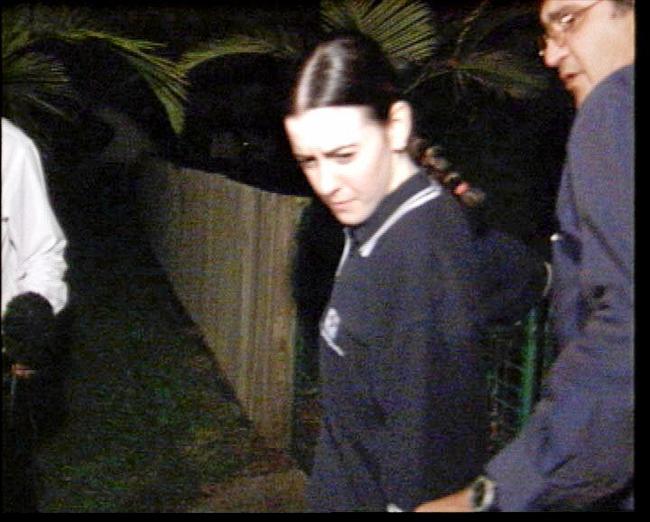
He'd confessed to killing Natasha (and three other Rockhampton women) and drawn maps to where he'd hidden the body, but police hadn't been able to find her.
Understandable then that when a call came into the newsroom from police saying Natasha was alive, Frazer thought he'd heard the voice on the other end of the phone incorrectly.
"The story, possibly of the decade, was unfolding and I had to take leadership and I remember only sending out the one photographer and one reporter to the police station to cover this," he said.
This proved a mistake. Lawyers walked out one door as a decoy while Natasha, now a pale, gaunt young woman, was hurried out the back of the station.
"That was an amazing moment, the first time ever, or the only time ever, a so-called murder victim has been found alive during a murder trial," Frazer said.
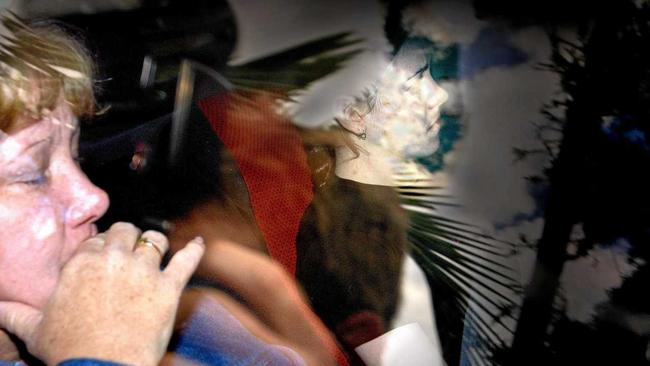
Inside the courtroom too, the shocking enormity of the news was hitting.
Prosecutors had pulled aside Natasha's father, Robert, during court proceedings to tell him the daughter he had mourned for five years, the daughter whose memorial he grieved at, was alive and well in Rockhampton.
He didn't believe them until they handed him a phone and he heard Natasha say "I love you Dad, this is your grasshopper". She'd used her father's childhood nickname and he knew in that instant his nightmare of grieving a child was over.
Fraser, though, had confessed to her murder. And while there was relief that, by some miracle, Natasha was alive, there was also a weighty question hanging over the trial: did Fraser kill the other three women or was he lying about that too?
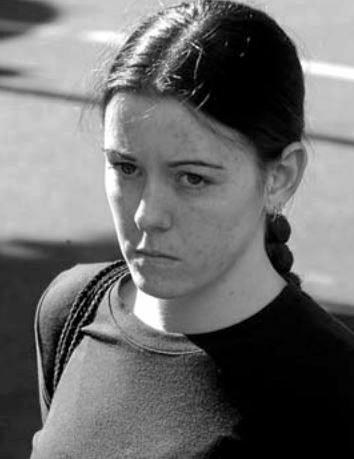
'THE GIRL IN THE CUPBOARD'
When Natasha went missing in July 1998, there was plenty of media coverage.
Unlike Julie Turner, Beverley Leggo and Sylvia Benedetti, Natasha was a young teenager and her disappearance was curious. She'd run away from home before, but this time there was no indication she had planned to leave.
Her parents made harrowing appeals to the public and there were police and SES searches of bushland around Rockhampton.
Five years after Natasha's parents last saw her, police found the young woman hiding in the cupboard of her boyfriend's house in Rockhampton.
The search had been prompted by an anonymous tip-off letter delivered to police.
Soon, Natasha would become globally known as "the girl in the cupboard". Although this nickname stuck, Natasha had only hidden in the tiny space to avoid the police search.
In fact, Natasha had led a rather free, although cautious and sheltered, life while in hiding.
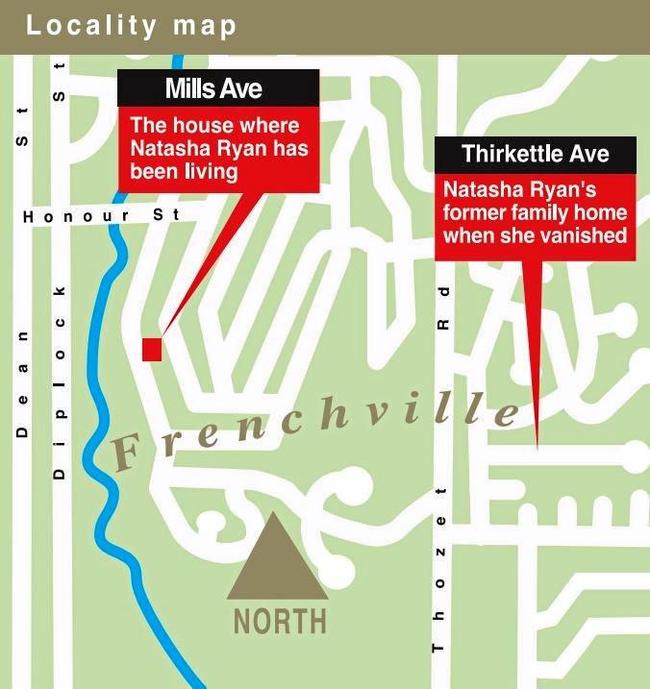
There were even a handful of trips to the beach in the middle of the night.
There was no suggestion Natasha had been held against her will. She'd run away with boyfriend Scott Black, a man seven years her senior.
Natasha later testified that Scott had tried to convince her several times to go home, but the lie had become all-consuming to shake off.
In the years since her discovery, Natasha and Scott married and had children.
Scott briefly served time in prison, after lying at Fraser's committal hearing about Natasha's whereabouts.
Rockhampton SES coordinator Eddie Cowie was one of dozens of volunteers who searched for thousands of hours for Natasha. Six months later they did the same for Keyra Steinhardt with heartbreaking results.
It's a thankless, gruelling task which can often leave volunteers with lasting mental scars.
To find out Natasha was alive was a strong mix of emotions for all the emergency services personnel involved.
"There was a strong level of frustration I think, that thousands of hours of volunteer time had been unnecessarily put into a search, but again, there were probably just as many police hours and other community hours that had gone into that very same investigation," Eddie said.
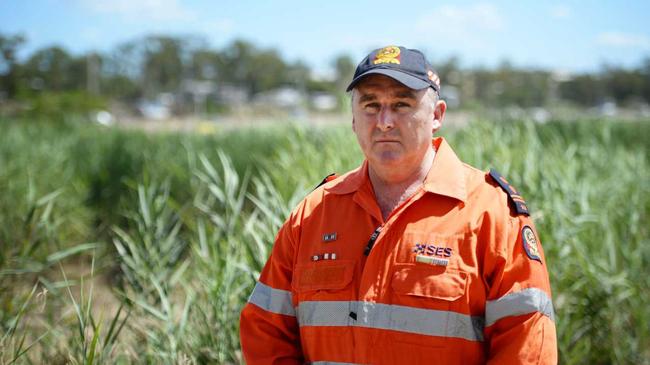
HOW MANY MORE VICTIMS?
In a bizarre twist of events, Natasha had to give evidence at the trial of the man accused of her murder.
Fraser had obviously lied about killing Natasha, so the defence was quick to suggest that maybe he was also innocent of the other three murders he had been accused of.
The jury was not convinced. On May 9, 2003, Fraser became Queensland's first convicted serial killer when the jury found him guilty of the murders of Beverley and Sylvia, and Julie's manslaughter.
There was no cause of death ever determined for 39-year-old Julie, whose skeletal remains were found on December 21, 2001.
Her skull was never found. It's possible that could have generated significant evidence given the other women had serious head injuries.
Fraser had told police where they could find Julie's remains, and where he'd left a bra and sandal strap on another property.
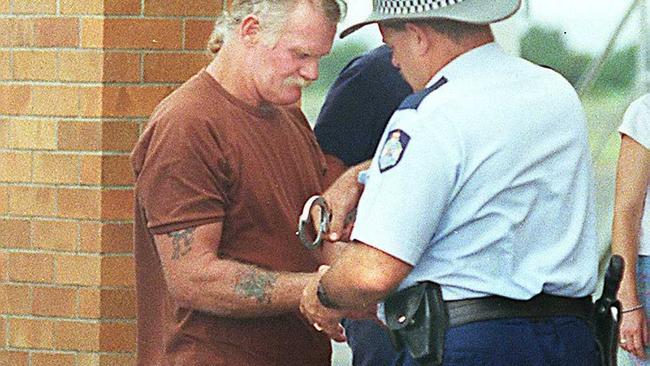
But he still couldn't give them a straight story on how he killed her.
In the first version, Fraser met Julie outside the nightclub where she was last seen and offered her a lift home. They argued and he struck her in the throat and killed her.
In the second version, he claimed he had instead strangled her with her own bra on the land where the underwear would later be found by police.
Beverley had been killed on March 1, 1999. The 36-year-old's body was found on the same day as Julie's, in December 2001.
She was naked and lying on the ground, covered by lantana and with a bra and black underpants tied around her neck. Her skull had substantial injuries.
Sylvia's skeletal remains were found by a member of the public in November 2000, more than a year before the other women were found.
She too was naked and partially buried in the sand. She'd been hit multiple times on the left side of the face, which was determined to be her cause of death.
Police linked Sylvia to Fraser's car through drops of blood in his car and on a cigarette paper in the glove box.
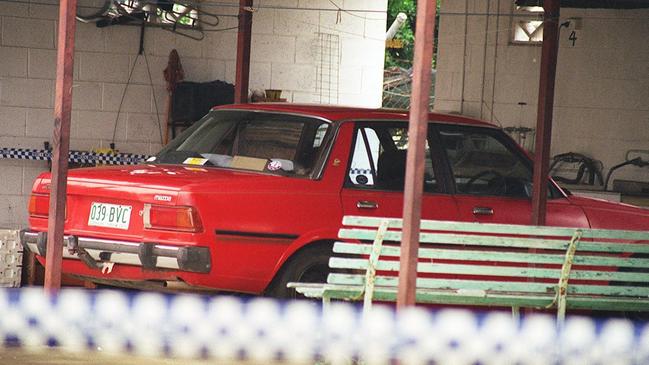
The verdict, and multiple life sentences, gave a sense of justice for the families of the women whose lives Fraser had so callously taken.
Sadly, he wouldn't serve much of that time in prison. Nearly seven years into Fraser's sentence, on Boxing Day 2006, he was admitted to hospital in Brisbane with chest pains.
Just three hours and 20 minutes into 2007, Fraser had another heart attack and died.
When he died, so did the chance of knowing with any certainty whether he had killed anyone else.
But plenty of people have speculated Fraser did indeed kill other women.
Frazer Pearce has no doubt there are many victims who will remain unidentified.
"I do remember one of (Fraser's) legal representatives saying earlier in the day that he treats females like chattels," Frazer said.
"He doesn't really see them as really being human, but more for something for him to use to his own satisfaction.
"He was a chilling person. I remember that photo we discovered way after his conviction. I was actually going through a gardening file when I came across a picture of Lenny Fraser at a prison work group at the Caves School.
"During holidays, but it was a nice friendly photo of Lenny Fraser laying some turf for the good Caves community.
"That was a chilling photograph because he was smiling nicely at the camera and I can imagine a few of his victims would have seen that smile."
In that photo and seemingly inconsequential story published in February 1994, Fraser is quoted saying he enjoyed the prison work scheme because he could help the community.
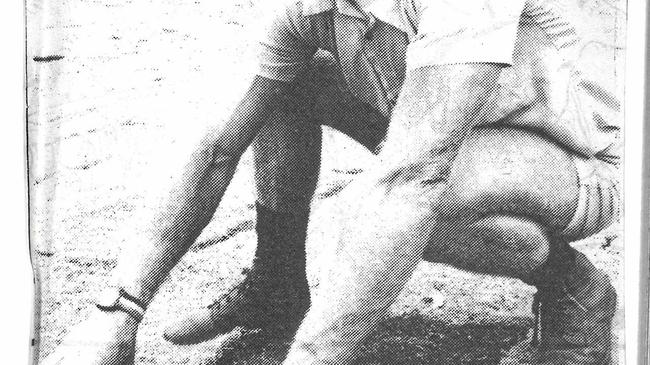
"We don't know how many other people he killed, because we know he killed before here, and that was his intent and it was just a matter of time," Frazer said.
"And you're not telling me that a man capable of that and the rapes he did in Sydney, and the rapes he did in Mackay, and the amount of missing people we know that are still unaccounted for, or the murders still unresolved, I think Lenny's handprint is elsewhere."
Aside from Fraser's own statements to fellow inmate turned police informant Allan Quinn, there's chilling evidence he harmed more people.
When police searched his house as they frantically looked for Keyra in April 1999, they found four ponytails of human hair.
The ponytails were hacked off above a hair band.
Despite tests in Australia and the US, police have never been able to link the hair to any of the women Fraser killed or any other missing people.
PREDATOR PART 5: LIFE REBUILT will be released next Monday.
ABOUT PREDATOR:
This series is based on interviews with Treasa Steinhardt, Snr Sgt Carl Burgoyne, Eddie Cowie, Frazer Pearce and Allan Quinn. Michelle Gately also reviewed original Morning Bulletin reports (with thanks to the History Centre at Rockhampton Library), interview transcripts (provided by Treasa Steinhardt), and court documents.
Originally published as PREDATOR: Murder victim comes back from the dead


